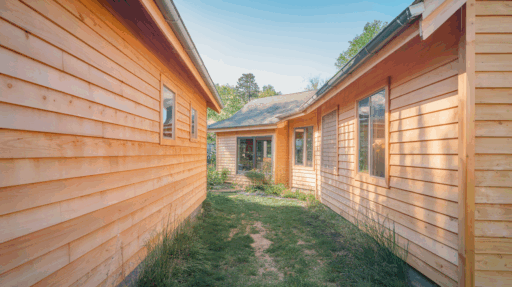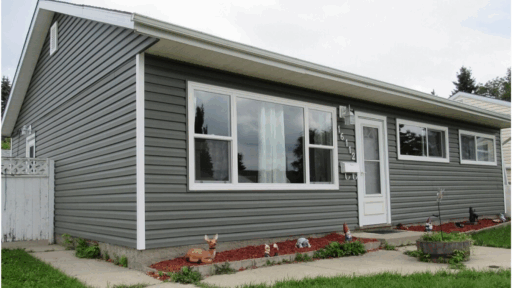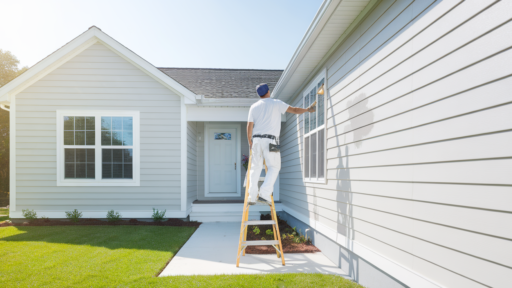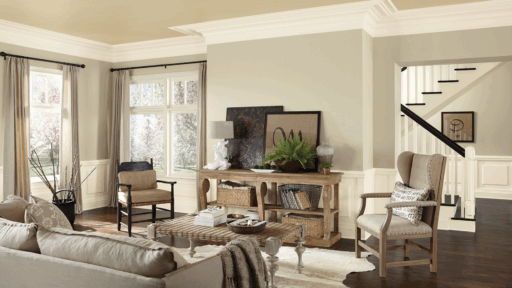Cedar siding is a classic choice that blends natural beauty with solid performance. I love how its warm tones and rich texture add instant curb appeal.
But one question always comes up when people consider cedar for their home: How long does cedar siding actually last?
The truth is, it depends on more than just the wood itself.
Climate, installation, and how well you care for it all make a big difference.
With regular upkeep, cedar can last for decades, but if you skip the maintenance, it won’t hold up nearly as long.
In this guide, I’ll walk you through what affects cedar siding’s durability, how I keep mine looking great, and how to tell when it’s time for a replacement
Why Cedar Siding Durability Matters?
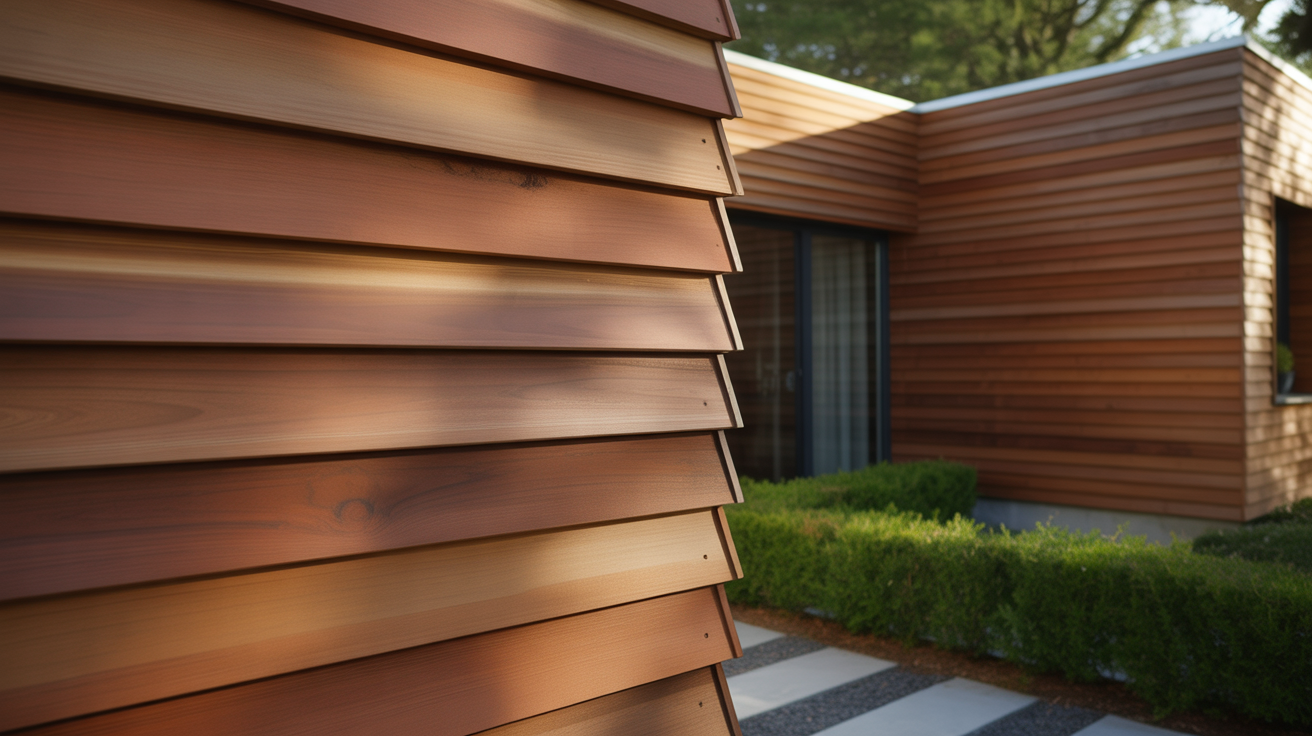
Cedar siding isn’t just about looks; it’s an important part of protecting your home.
When you choose cedar, you’re investing in a material that needs to hold up against sun, rain, wind, and time.
If it wears out too soon, you’ll face costly repairs or early replacement. That’s why knowing how long it lasts and what helps it last longer is key.
I’ve seen homes where well-maintained cedar still looks great after 25 years or more.
I’ve also seen homes where siding started to fail after just a few years because no one took care of it.
Understanding durability helps you plan, protect your investment, and enjoy the beauty of cedar without stress.
It’s not just about making your house look good; it’s about making smart choices that last.
What Makes Cedar Strong and Long-Lasting?
Cedar is one of those rare woods that offers both beauty and strength. What makes it so durable is the natural oils it contains.
These oils help protect the wood from rot, decay, and insect damage, things that can ruin other types of siding much faster.
Cedar also has a unique ability to absorb carbon dioxide. Unlike vinyl or composite materials that trap moisture, cedar allows water vapor to pass through.
This helps prevent mold, mildew, and swelling, especially in humid or wet climates. That’s a big plus for keeping the inside of your walls dry and healthy.
Among all cedar types, Western Red Cedar stands out. It’s strong, stable, and naturally resistant to weather.
That’s why it’s one of the most popular choices for homeowners who want their siding to last for decades with the right care.
Key Factors That Affect How Long Cedar Lasts
Even the best wood will wear down without proper care. The main factors that influence cedar siding’s lifespan include:
- Climate: Cedar weathers more quickly in wet, humid, or salty coastal areas unless properly sealed.
- Sun exposure: Intense UV rays can dry out the wood, causing fading or cracking.
- Installation: Poor installation, like gaps, missing moisture barriers, or loose boards, can reduce its effectiveness.
- Cedar type: Red cedar typically lasts longer than white cedar, especially when exposed to the elements.
Understanding these variables enables homeowners to make informed decisions when selecting and maintaining cedar siding.
Cedar Siding Lifespan: What to Expect
So, how long will your cedar siding really last? That depends on the level of care it receives and the environment in which it’s.
How Many Years Does Cedar Siding Typically Last
With minimal care, cedar siding can last 15 to 20 years before showing serious signs of wear.
But when properly installed, sealed, and maintained, cedar can last 30 to 40 years, and sometimes even longer.
Below is a general breakdown:
- Unfinished cedar: 15–20 years
- Stained or sealed cedar: 25–30 years
- Painted cedar: 30–40+ years with upkeep
The finish you choose makes a big difference.
Clear sealers protect but require more frequent reapplication. Paint provides the most coverage but hides the natural grain.
How Climate Affects Cedar Siding Lifespan
In dry, temperate climates like the Pacific Northwest, cedar siding that’s properly maintained often lasts over 40 years.
Homeowners in these regions benefit from low humidity and moderate sunlight, which are gentler on wood.
By contrast, homes in the southeastern U.S. or along coastal regions with salty air and high humidity may see more rapid deterioration, particularly if the siding is not regularly cleaned and sealed.
How to Maintain Cedar Siding the Right Way
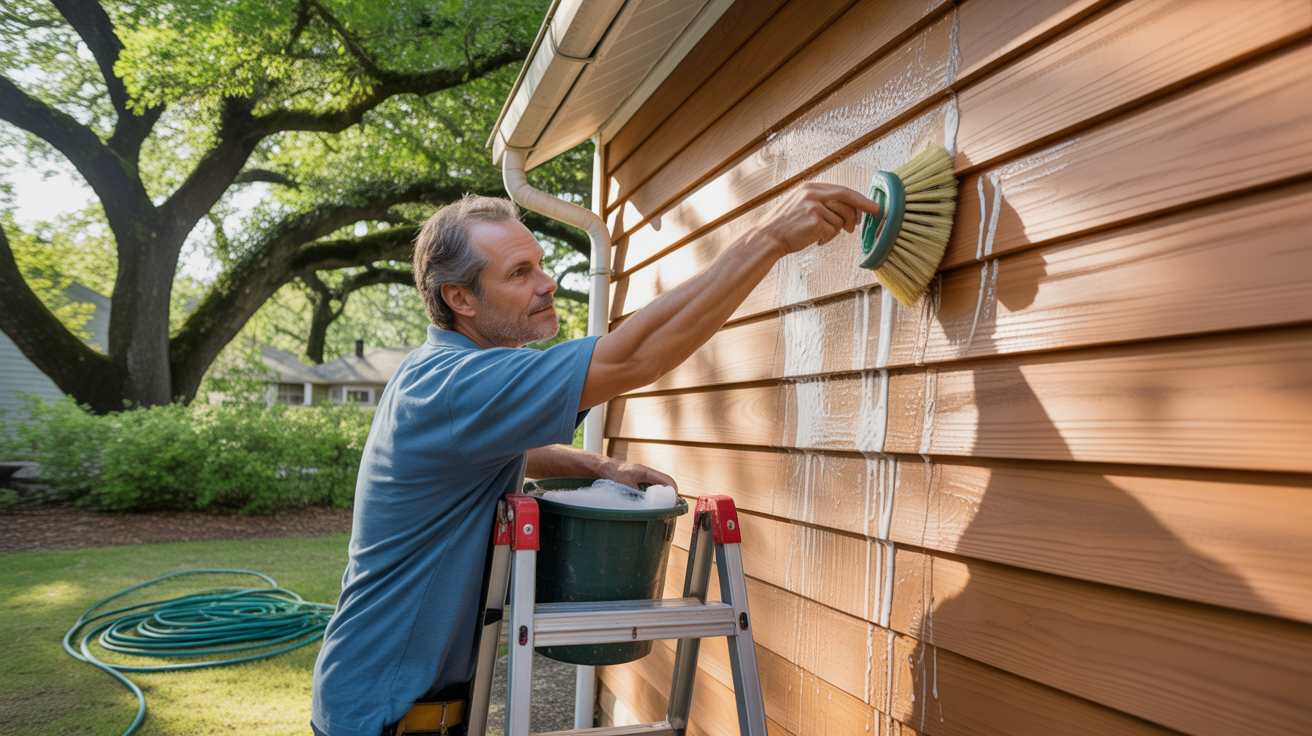
Maintaining cedar siding is about more than keeping it pretty. Regular care extends its lifespan, prevents costly repairs, and protects your home’s structure.
1. Cleaning and Inspecting Your Cedar Siding
Dirt, mildew, and algae can build up on cedar over time, especially in shaded or wet areas.
Cleaning your siding once a year with a soft brush, mild detergent, and garden hose helps maintain its condition.
Inspections are just as important. Walk around your home twice a year (spring and fall are ideal) and look for:
- Cracks or gaps
- Soft or spongy wood
- Discoloration or mildew
- Warped or cupped boards
Early detection can help you take action before the damage spreads.
2. Sealing, Staining, or Painting for Protection
The finish you choose will play a big role in how long your siding lasts. See how each option performs:
- Clear sealers: Show off the natural wood but wear off faster, reapply every 2 to 3 years.
- Semi-transparent stains: Add color while allowing grain to show, reapply every 4 to 5 years.
- Paint: Offers the best protection from UV and moisture, lasting up to 7 years before requiring touch-ups.
Always prep the surface before applying a new coat of paint or stain. Clean thoroughly and allow the siding to dry before finishing.
3. Quick Repairs That Make a Big Difference
Staying ahead of minor cedar siding damage can save you time and money in the long run. This is how to address small issues before they become major repairs:
- Watch for Small Issues: Hairline cracks, loose nails, or fading can develop into major problems if left untreated.
- Repair Promptly: Use wood filler or exterior caulk to seal small gaps and cracks as soon as you spot them.
- Replace When Necessary: Swap out individual planks that are warped, rotted, or severely damaged.
- Prevent Bigger Repairs: Tackling minor fixes early can save you from needing full siding replacement down the road.
When Should You Replace Cedar Siding?
No matter how well you maintain it, all siding eventually needs replacement. Knowing the signs helps you make informed decisions before the structure underneath is affected.
Surface Damage You Can See
Some visible clues that your cedar siding is nearing the end of its life are:
- Faded, greyed, or blotchy boards
- Splitting or deep cracks
- Boards that are warped, curled, or cupping
These signs indicate that the siding has been exposed to sun, wind, and moisture for too long without adequate protection.
Underlying Issues You Might Not Notice
Some of the most serious damage hides beneath the surface:
- Soft or sponge-like boards may indicate internal rot.
- Recurring mold or mildew suggests that moisture is trapped behind the siding.
- Insect activity, such as small holes or frass (sawdust trails), indicates pest infestations.
- Rising energy bills or indoor drafts may indicate poor insulation or air leaks caused by deteriorated siding.
If you’re dealing with multiple issues across large sections of your home, it may be time to consider a full replacement rather than constant patching.
Why Cedar Siding Is Still a Smart Investment?
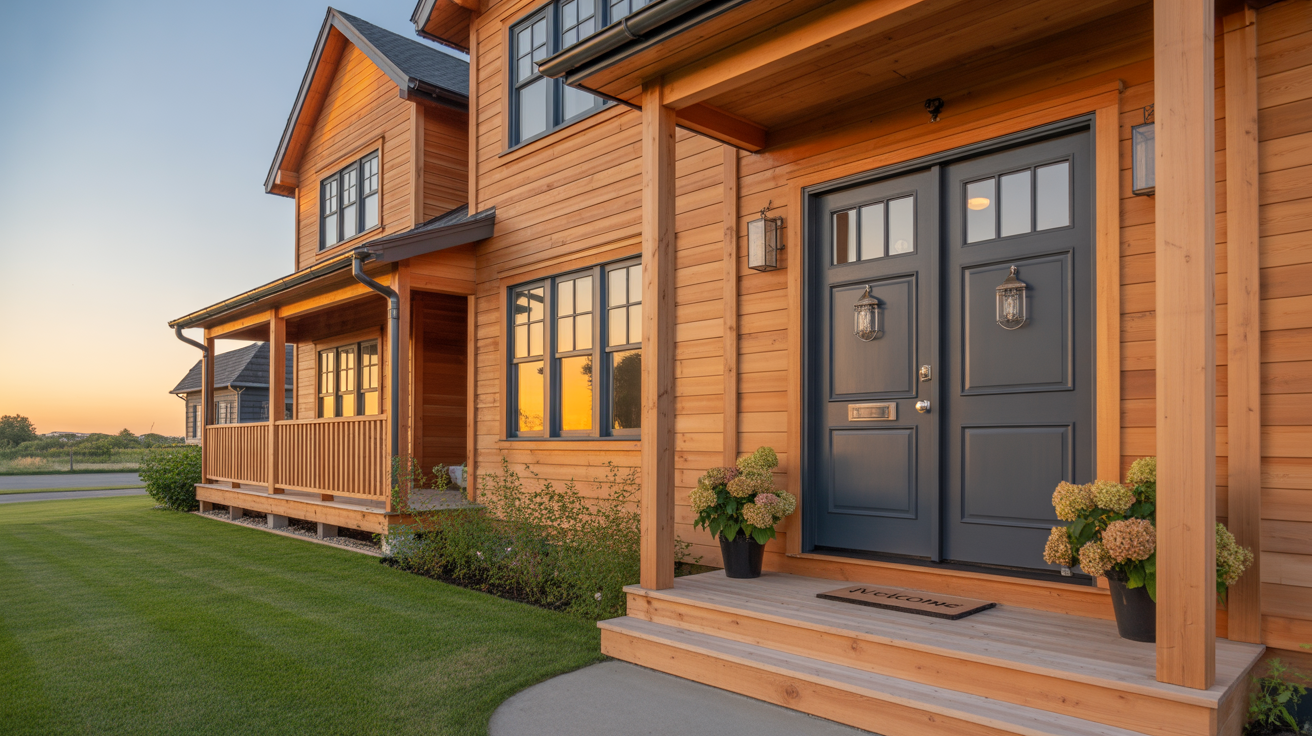
Despite the maintenance it requires, cedar siding remains one of the most attractive and valuable options available to homeowners.
1. Timeless Beauty and Natural Appeal
Cedar’s unique grain, warm coloring, and rustic charm make it a design favorite.
Whether installed in horizontal lap siding, vertical board-and-batten, or cedar shakes, it offers a look that vinyl and fiber cement can’t quite match.
And because cedar is a natural material, it complements a wide range of home styles, from cottages to modern builds.
2. Energy Efficiency and Breathability
Unlike synthetic materials, cedar naturally insulates your home.
It helps regulate interior temperatures and reduces the workload on your HVAC system.
Cedar is also breathable. It doesn’t trap moisture beneath the surface, making it less prone to rot and internal wall damage.
3. Boosting Resale Value with Curb Appeal
Homebuyers appreciate the rich, warm look of cedar and often see it as a high-end material.
If your siding is well-maintained, it can boost your home’s resale value and make your listing stand out in a crowded market.
Many buyers are willing to undertake a bit of maintenance in exchange for the aesthetic and performance benefits of cedar.
Final Thoughts
So, how long does cedar siding last? With minimal care, it might last 15 to 20 years.
However, with the right stain, regular inspections, and prompt repairs, cedar siding can last for 30 to 40 years or more.
To get the most life out of your cedar siding:
- Clean and inspect it twice a year
- Refinish it with paint, stain, or sealer every few years
- Repair damage early before it spreads
- Keep it dry by trimming vegetation and checking gutters
Eventually, replacement will be necessary, but with good care, you’ll enjoy the beauty and protection of cedar siding for decades.
Whether you’re planning a new install or looking to extend your current siding’s lifespan, cedar remains a worthwhile, long-term investment in your home’s style and structure.

